August 14, 2013
I’d rather have someone “ram hot spikes up my tail”, as Mojo Nixon so eloquently put it, than drive on I-4 through Orlando. How people do that every day will forever be a mystery to me. Because they have to, I guess. Nonetheless, I subjected myself to that ordeal yesterday to see some different habitats and some birds I don’t see often. Or at all, in the case of the snail kite. My buddy John Serrao and I made the trek to Osceola County to look for some of the birds of the Florida prairies and the extensive wetlands of central Florida. He ventured on the way down that since our previous few trips had all featured some pretty spectacular sightings of one type of raptor or another, today’s trip should follow suit. Prophetic.
I’m not a twitcher or chaser, or much of a life lister. The last life bird I saw was the Flagler County Cassin’s kingbird first spotted by birding guru Michael Brothers earlier this year. But I didn’t go chasing that bird; it was in an area I bird occasionally anyway. Before that, I’m not even sure what my last lifer was. Maybe a purple swamphen I found at Emeralda Marsh back in 2004. I get my birding rocks off by trying to intimately learn a handful of sites relatively close to home. I rarely drive to locations further than 50 miles from my home; 10-20 miles is more typical. I’m a patch birder, in the current jargon.
Still, I’m more than a little embarrassed to admit that after more than 3 decades of living and natural historizing in Florida, I had never seen a snail kite.
I’ve been hearing and reading about the sometimes fabulous birding and photography opportunities on Joe Overstreet Rd., on the east side of Lake Kissimmee, for decades, and have had a longstanding intention to check it out. A pair of posts by Facebook friends and birders in the past week with excellent photos of a snail kite taken at the boat ramp at the end of Joe Overstreet finally prompted me to take the plunge and make the drive. We survived I-4, but had absolutely no fun doing so.
Osceola County, and in particular Canoe Creek Road and Joe Overstreet, was a delight. Almost like visiting a new life zone for me. It’s been decades since I have spent any significant time in these dry prairie habitats. Most striking to me was the sense of space and openness afforded by these savannah-like grasslands and wetlands. The mosaic of distinct habitats and ecotones delimiting them is so different from the sites where I do most of my birding, less than a hundred miles north. Open mesic flatwoods, perfectly formed and symmetrical cypress domes, depression wetlands, shallow eutrophic lakes and ponds and the live oak hammocks fringing them – they all come together to form a gorgeous landscape. Truly a case of the whole being greater than the sum of its parts.
Our first drive down Joe Overstreet, during the prime hour or so of morning light, produced no photo ops at all other than habitats and landscapes. The primary target, the boat ramp snail kite, was nowhere to be found. We passed a pair of crested caracaras high in a roadside pine along Canoe Creek Road en route to Joe Overstreet, but the viewing conditions were so backlit and marginal we didn’t even stop to check them out. We’ll get them on Joe Overstreet for sure, we assured ourselves. Our first pass produced no birds of extraordinary interest, though. Lots of cool stuff – many eastern meadowlarks and loggerhead shrikes, some common aquatic stuff at Lake Kissimmee, and a ton of Eurasian collared doves along with the mourning and ground doves, but no caracaras or kites. Several indifferent white-tailed deer were along the roadsides, but they are mammals after all, and not really a cause for much excitement.
Three Lakes Wildlife Management Area, just a few miles down Canoe Creek Road, was very much like Joe Overstreet with respect to bird finding. Very cool habitats and ecotones, but no distinctive birds. We ran into one small mixed-species flock in one of the hammocks that included both male and female American redstarts (my FOS male redstart), a prairie warbler or two, a northern parula, several blue-gray gnatcatchers, some titmice, and the ever-present Carolina wrens. No lifers there though.
Further east on Canoe Creek Road, we checked another boat ramp on Lake Marian reputed to sometimes host snail kites. Nothing there. We were treated to great looks and decent photo ops of an adult bald eagle in a pine tree, in the company of a large flock of molting boat-tailed grackles. Still, a lovely but thoroughly vanilla morning to that point.
The second trip down Joe Overstreet as we passed it on our way north did the trick. As soon as we approached the boat ramp, both of us spotted a brownish raptor on one of the dock pilings. Many of those pilings bore empty apple snail shells or opercula, so clearly this is a favored feeding spot of the snail kite. And there it was. We nearly micturated all over ourselves. For the next 15 minutes or so, we were treated to wonderful, close views of this incredibly specialized raptor. We decarred and cautiously approached the kite, now sitting at the top of small sabal palm growing right by the boat ramp. The bird, either a female or immature (I’m leaning towards immature) paid us absolutely no mind other than to curiously peer down at us. We had extended looks at that bird, albeit horribly backlit, from about 20 feet away. We had absolutely crippling views. I feel particularly well qualified to label them as such. Eventually the kite flew down to one of the pilings to give us eye-level views in full front lighting. When it finally flew off, the characteristic white rump was like a beacon bidding us farewell. 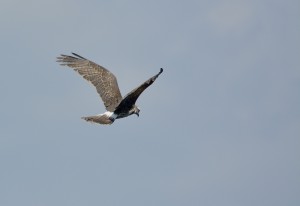 Several purple gallinules, a limpkin, two caracaras bathing in a cattle watering trough, flocks of hundreds of cattle egrets wheeling and swirling amidst some skeletal live oaks, a wood stork, and a very entertaining hatch-year loggerhead shrike trying to solve the puzzle of how to eat a large darner dragonfly were icing on the cake as we left Joe Overstreet.
Several purple gallinules, a limpkin, two caracaras bathing in a cattle watering trough, flocks of hundreds of cattle egrets wheeling and swirling amidst some skeletal live oaks, a wood stork, and a very entertaining hatch-year loggerhead shrike trying to solve the puzzle of how to eat a large darner dragonfly were icing on the cake as we left Joe Overstreet.
To quote Jeff Spiccoli, “Awesome. Totally awesome”.
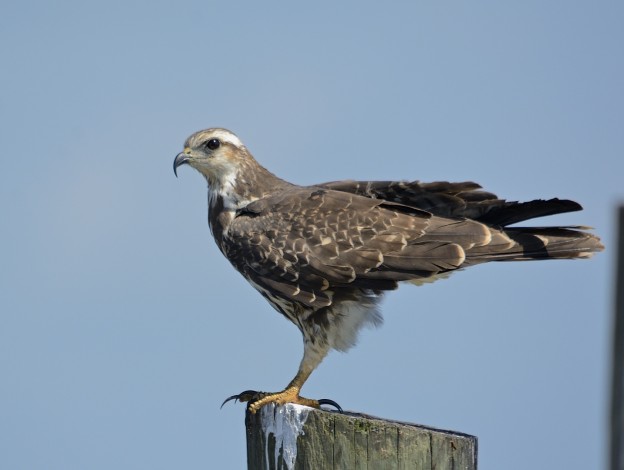
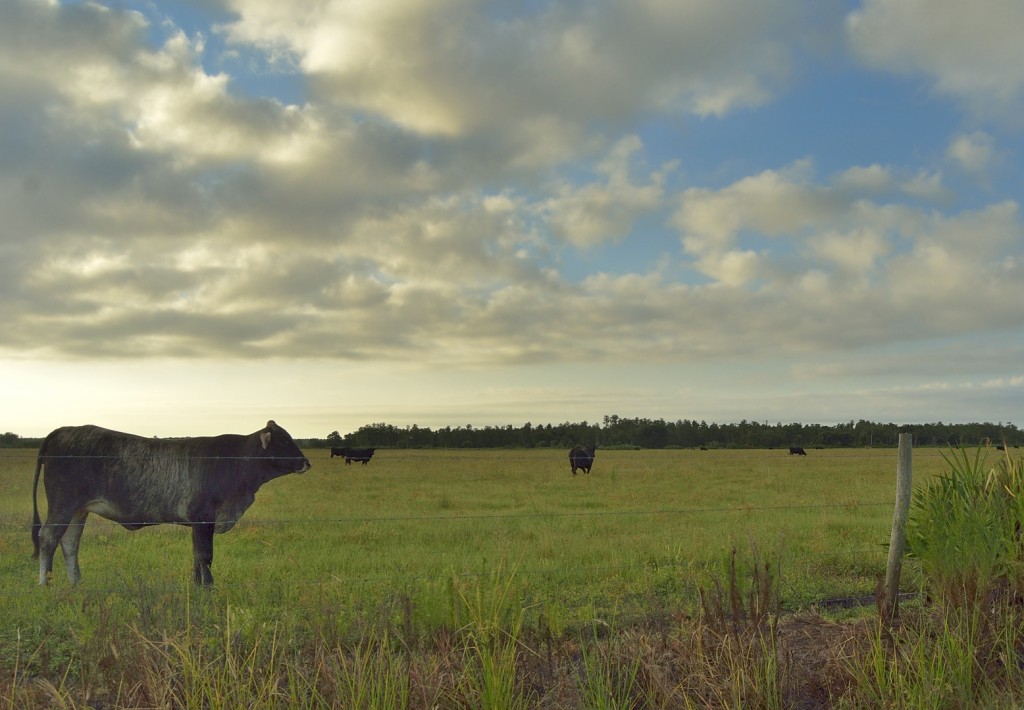
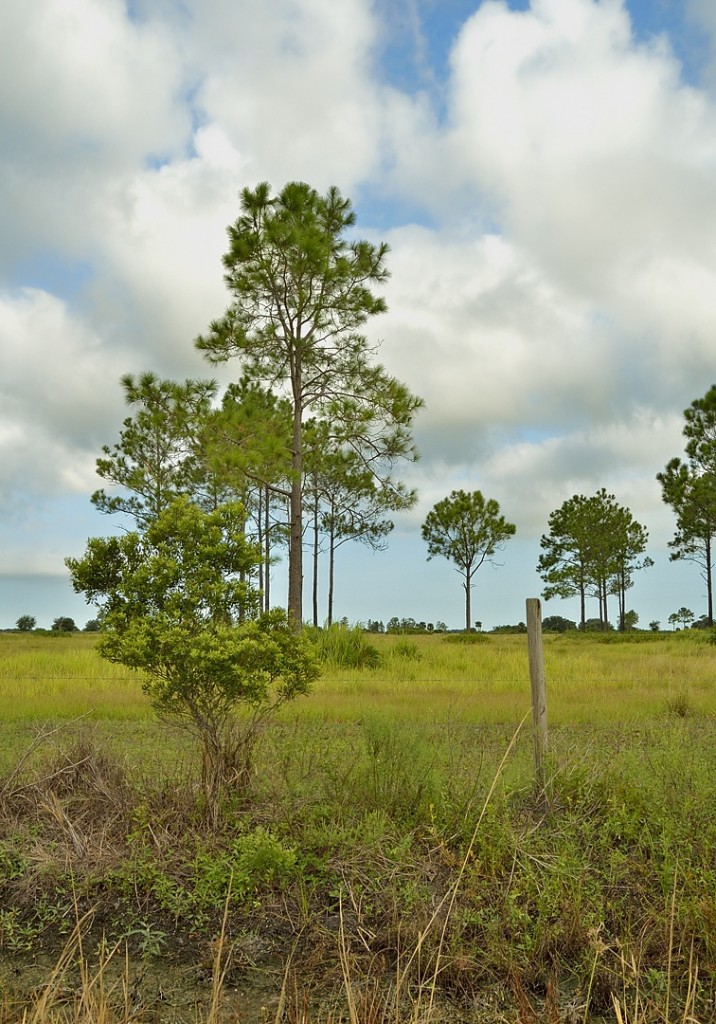
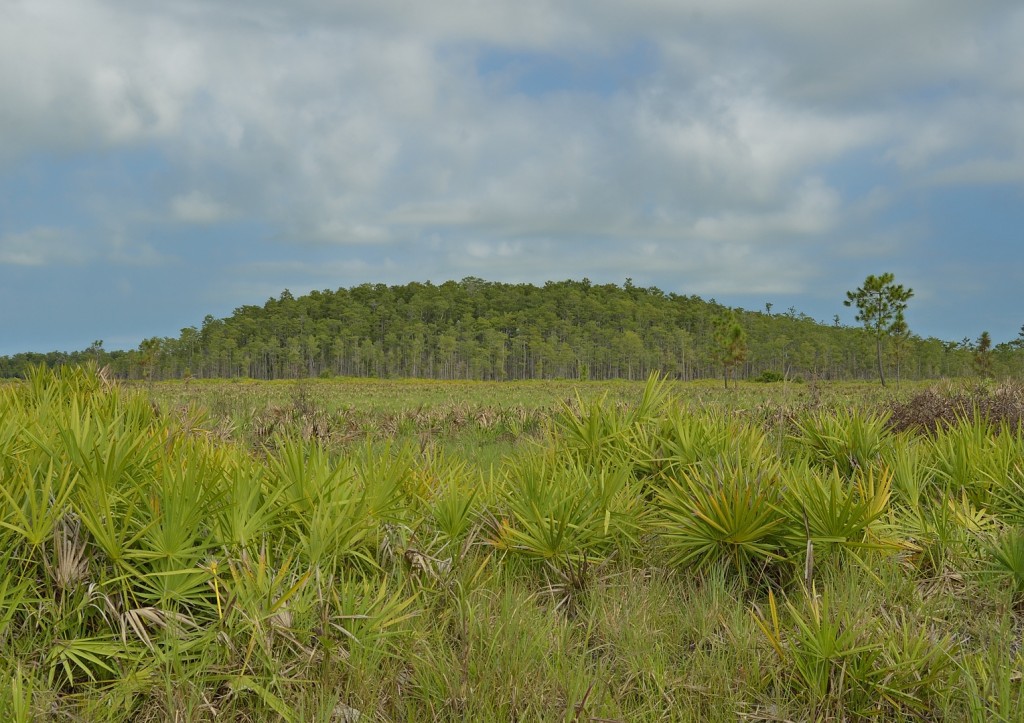
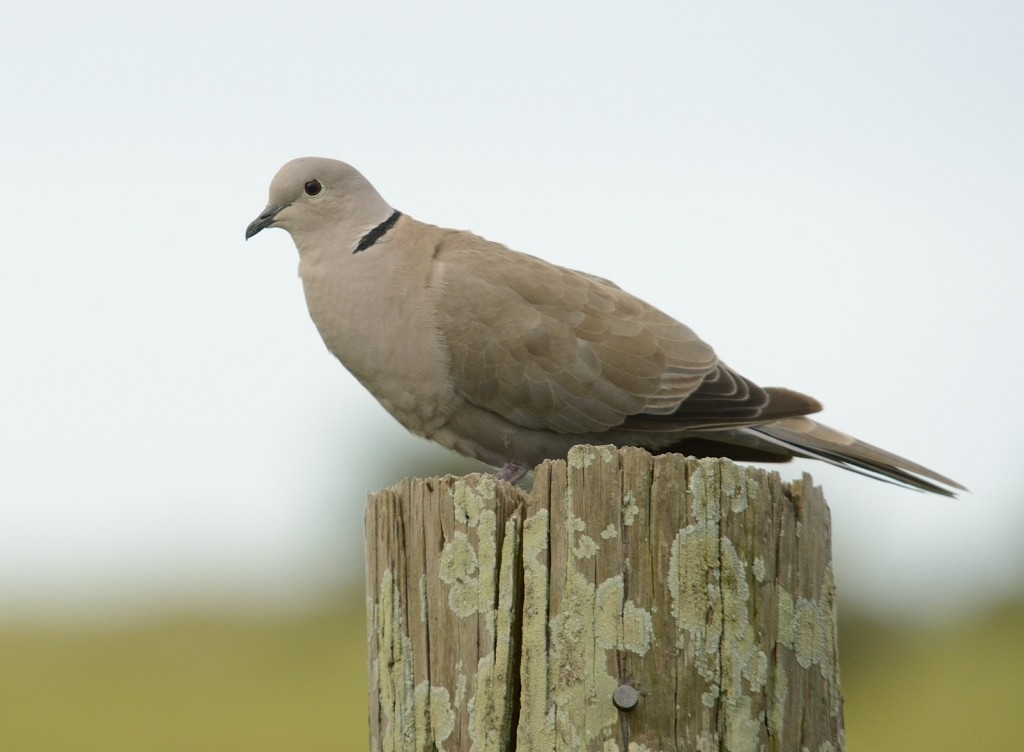
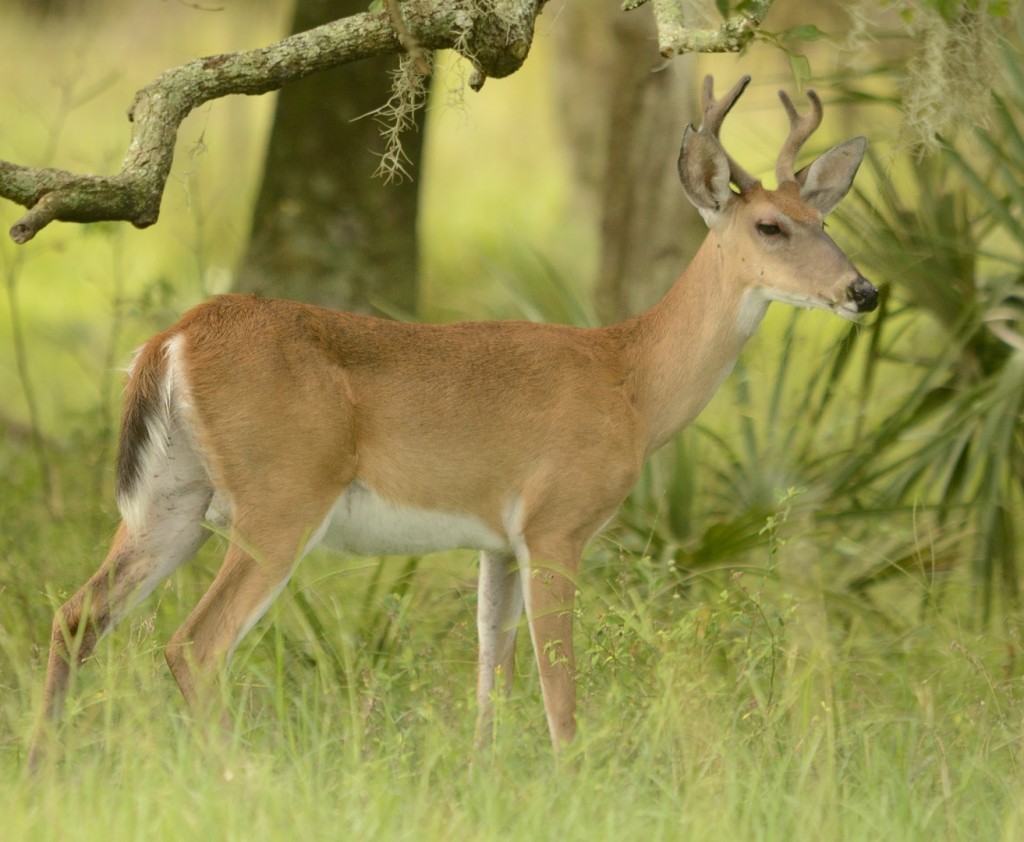
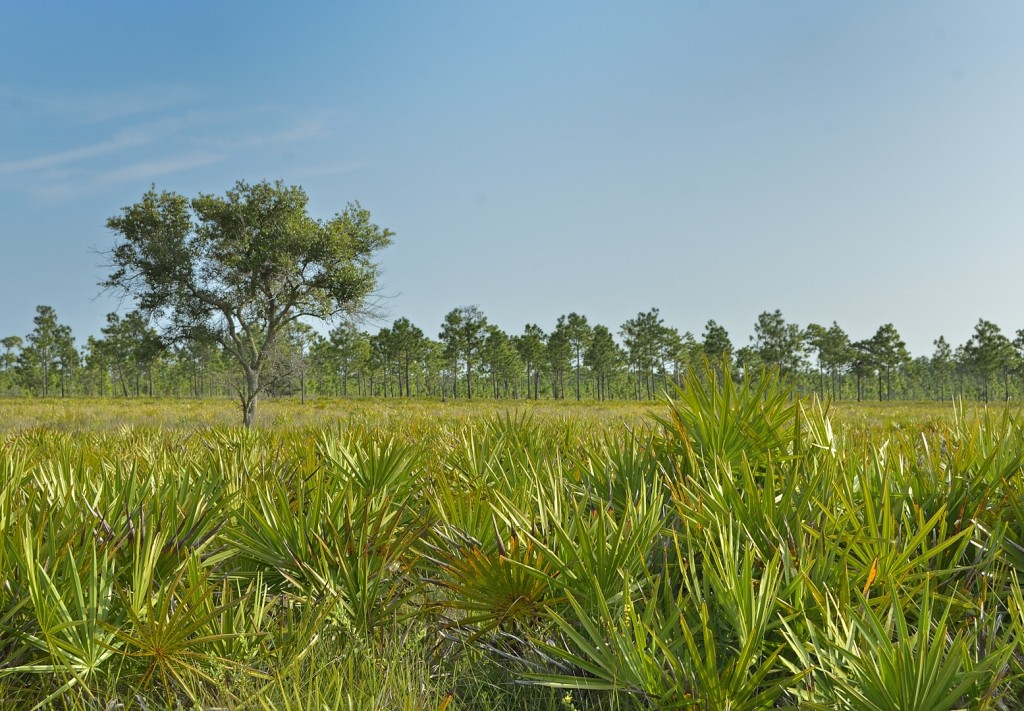
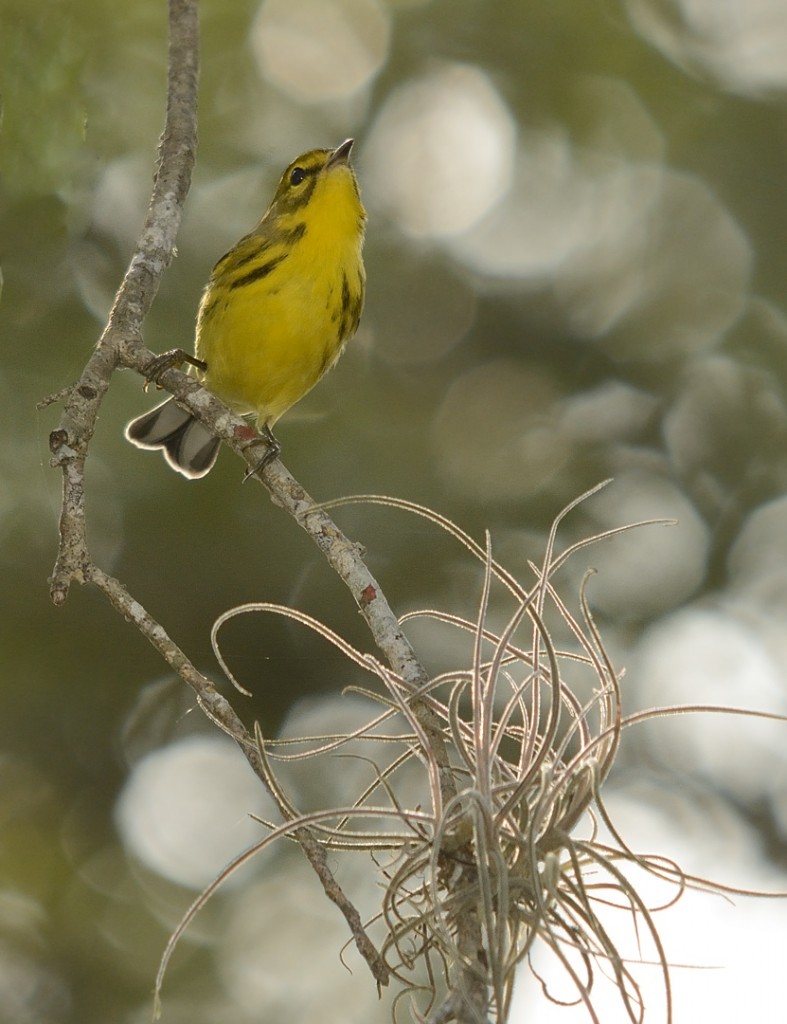
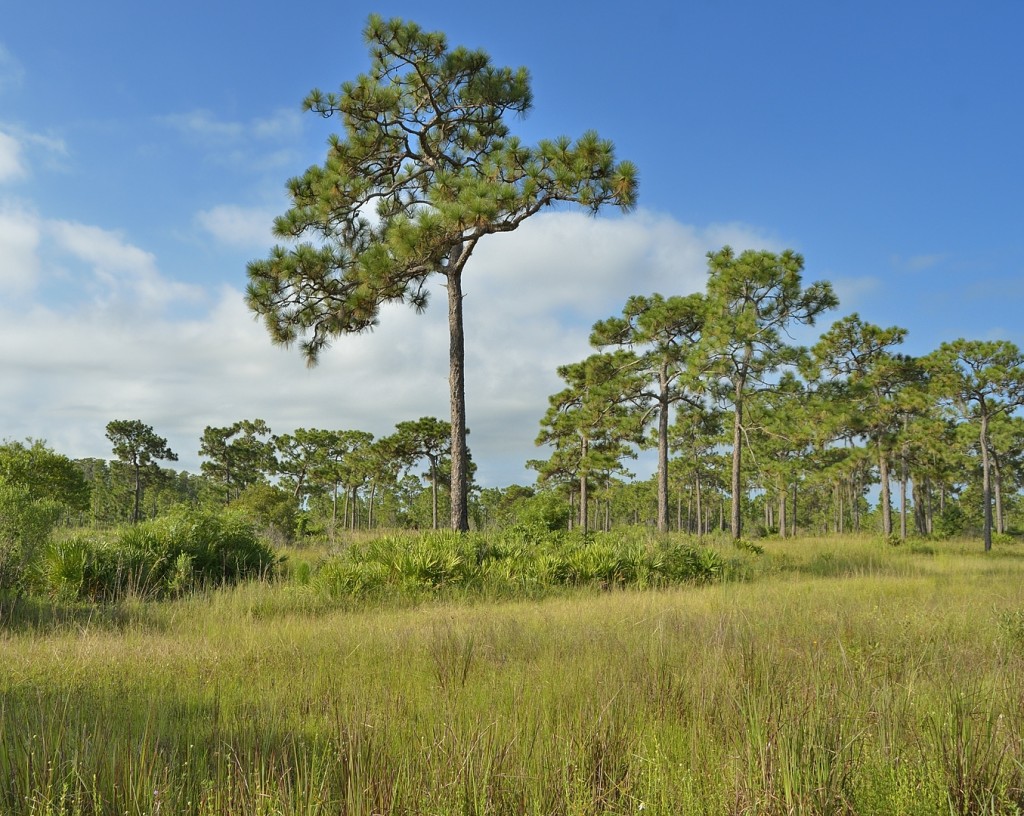
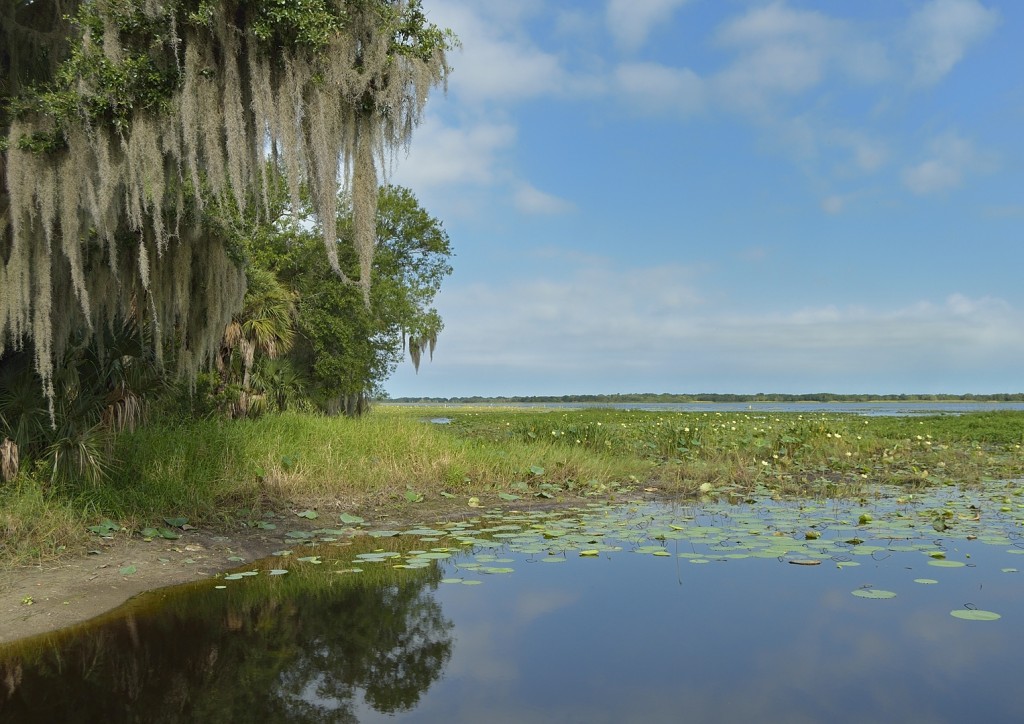
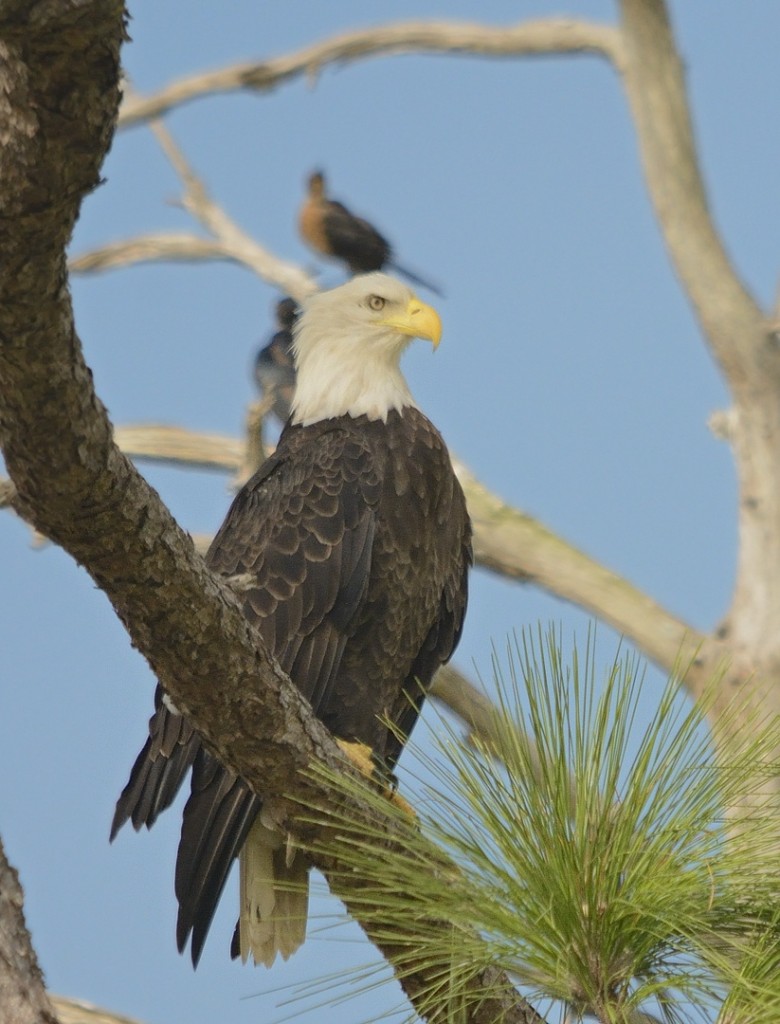
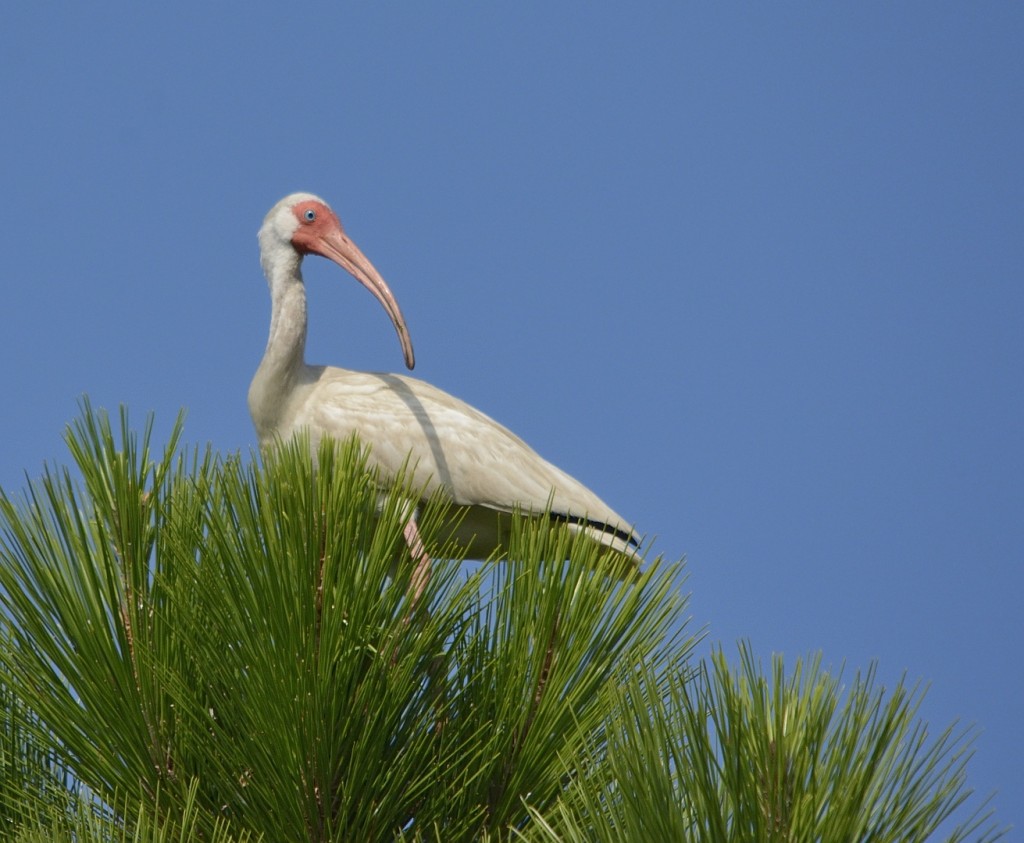
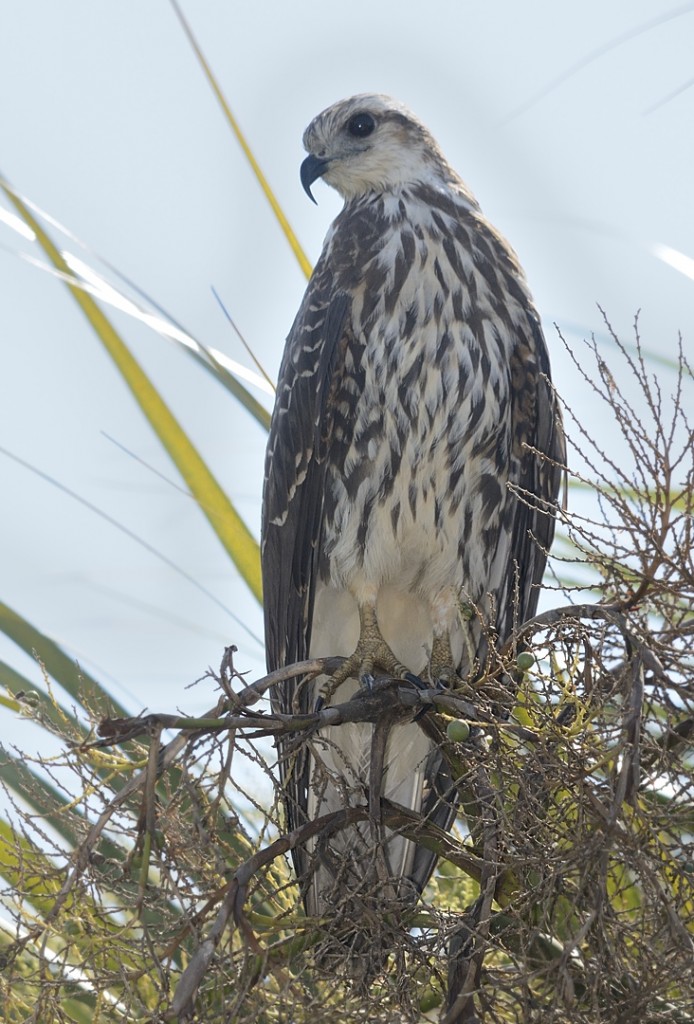
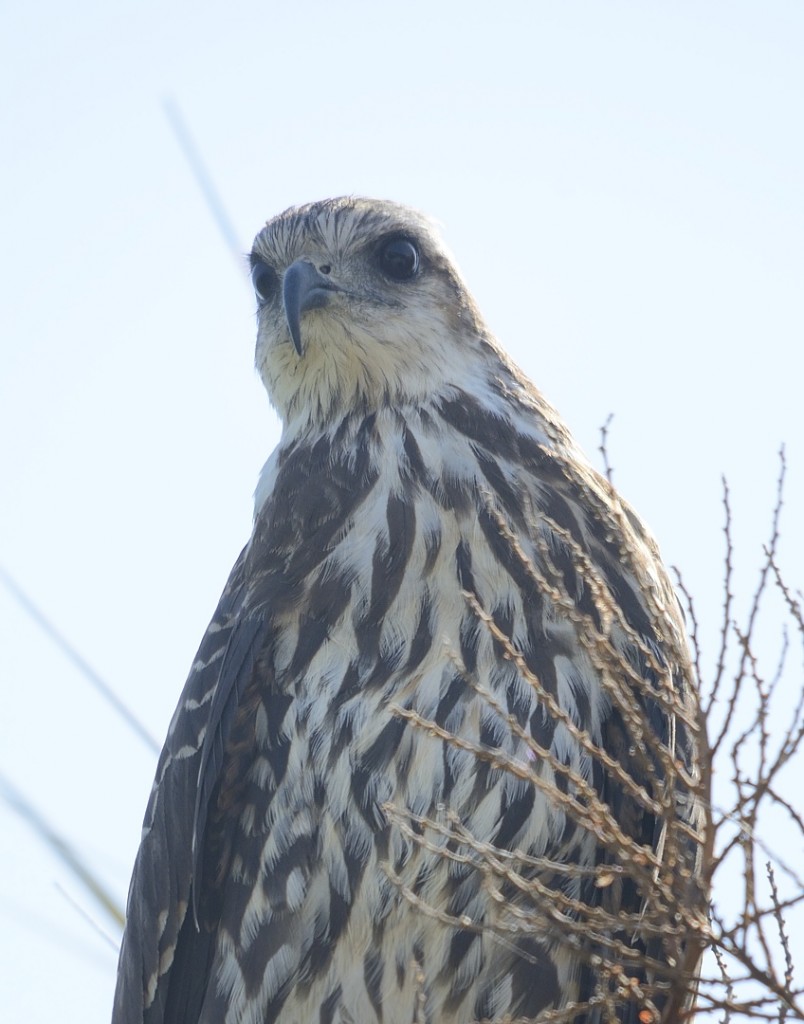
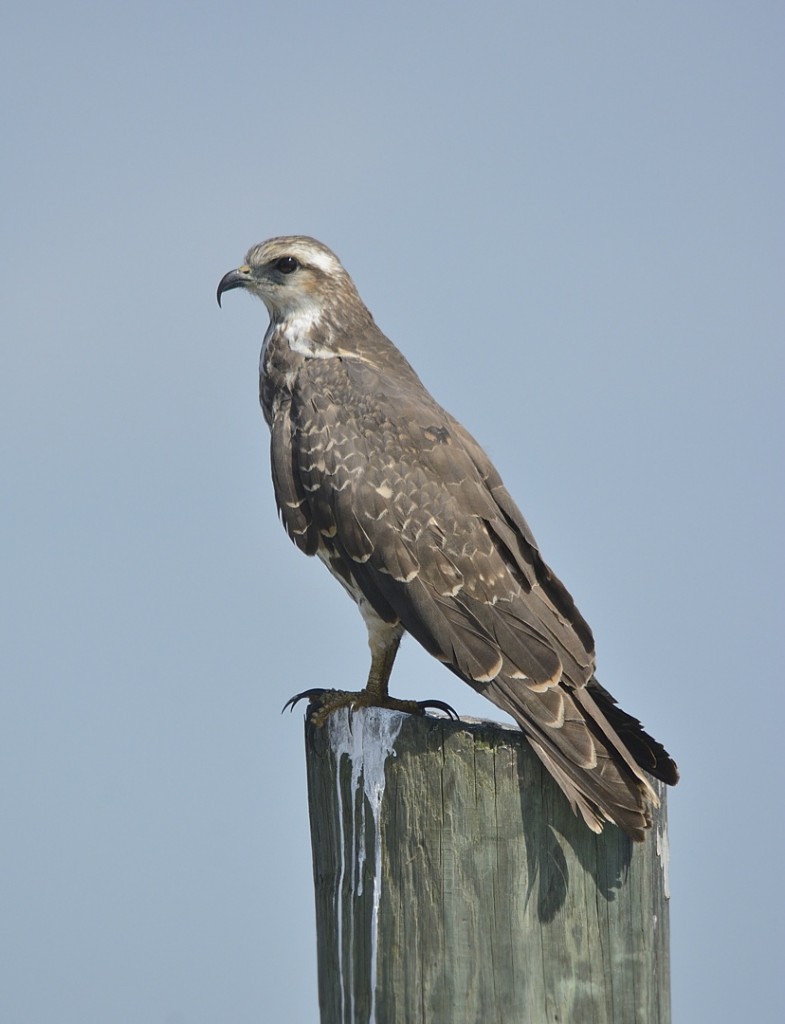
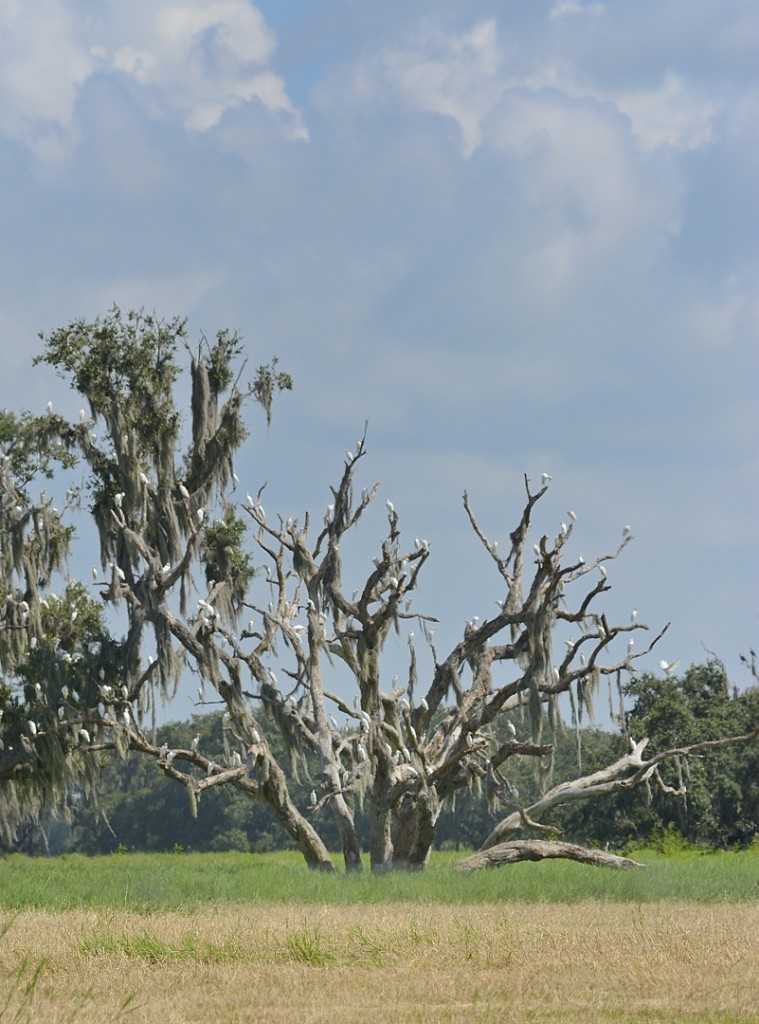
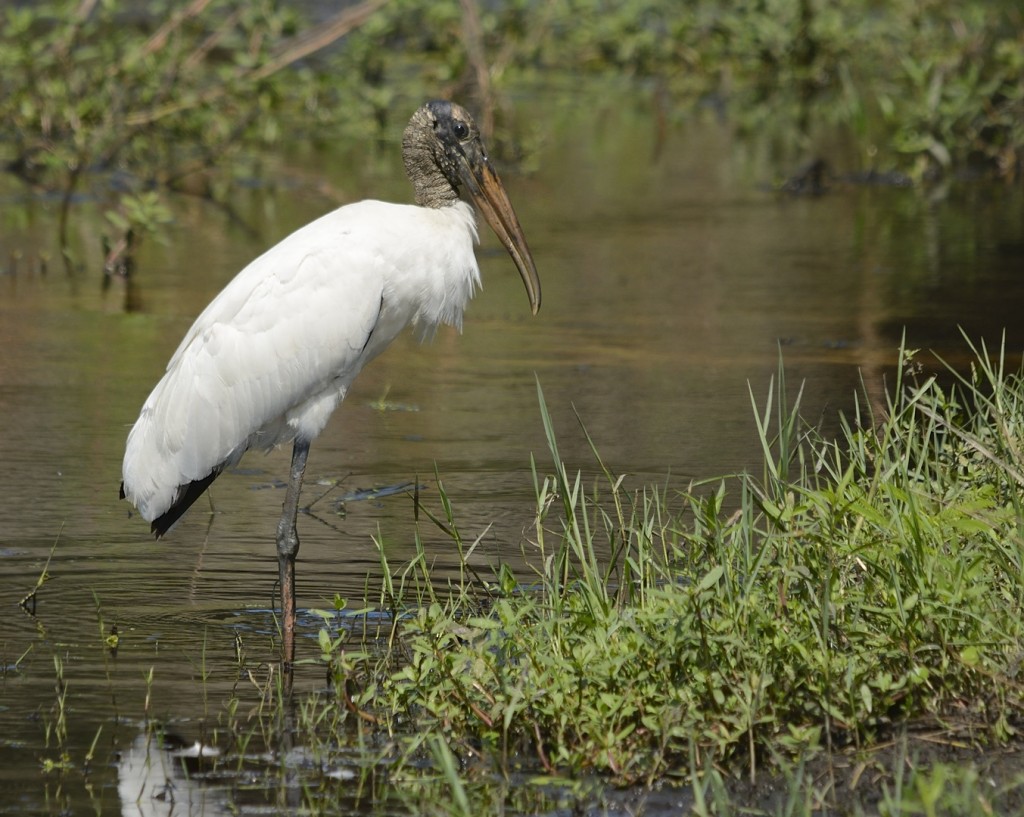
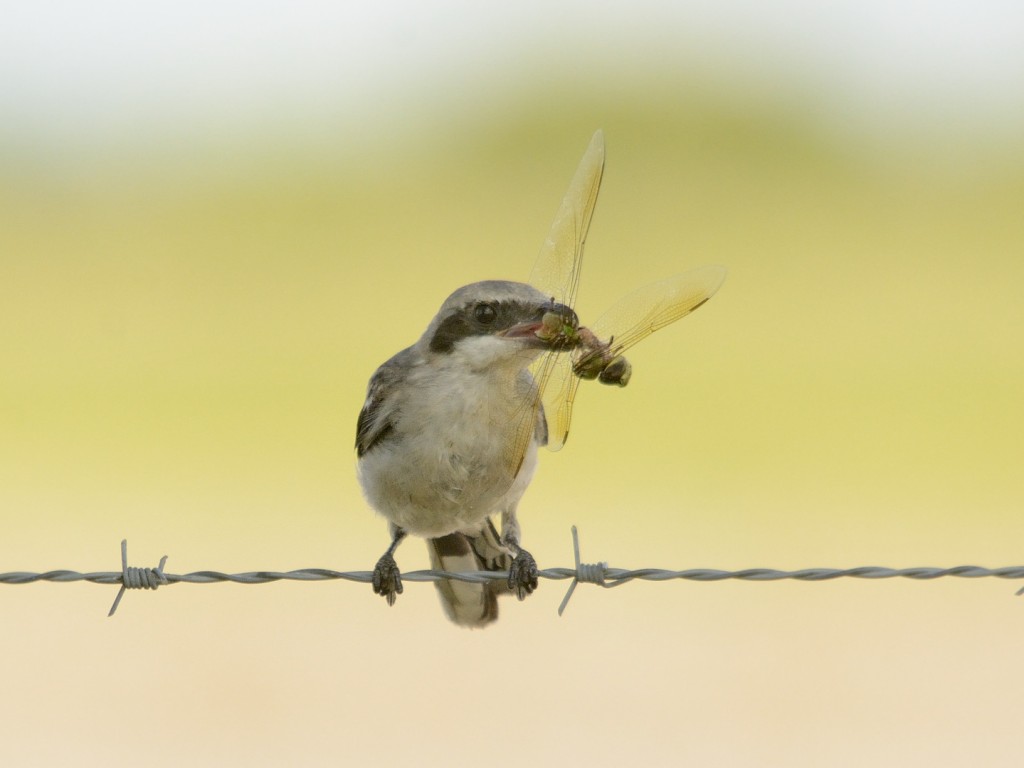
the Shrike picture is amazing. I understood from reading bird magazines that they were getting scarce.
The last one I saw was in Dixfield, Maine when I was a kid. they are interesting birds. Even if people are horrified by them.
Thank you, Janice. My understanding is that shrikes are in decline in many parts of their range. It was a rare bird for me when I lived in Virginia. They’re still pretty easy to find in central Florida.